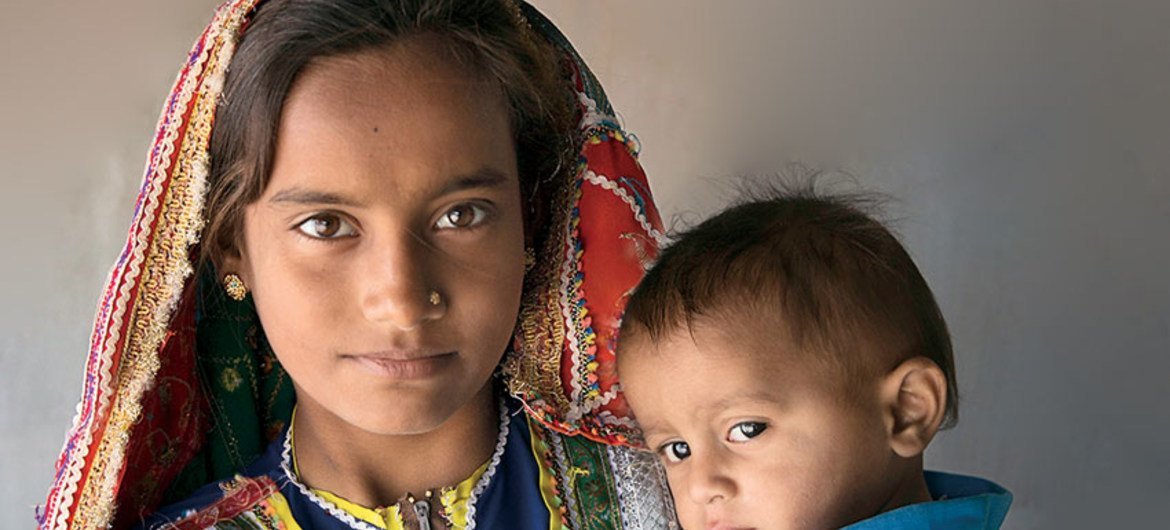As the United Nations Population Fund (UNFPA), the UN sexual and reproductive health agency, reveals in its new research report ‘Motherhood in Childhood, the Untold Story’, released on Tuesday, around a third of all women in developing countries start experiencing motherhood or having children while they are still in their teens.
Although global fertility has declined, the report notes that women who begin childbearing in adolescence had as many as five births by the time they reached their 40s during the study period, which ran from 2015 to 2019.
“When nearly a third of all women in developing countries are becoming mothers during adolescence, it is clear the world is failing adolescent girls,” Dr Natalia Kanem, Executive Director of the UNFPA, said.
“The repeat pregnancies we see among adolescent mothers are a glaring signpost that they desperately need sexual and reproductive health information and services,” she added.
The report further observes that gender-based and income inequalities like the increasing rate of child marriages, restricting or keeping girls out of schools, jeopardizing their future, and limiting health care and information on safe and consensual sex, are fueling teen pregnancies. (UN News)
As these inequalities rise, climate change, unprecedented pandemics, and geopolitical conflicts are disproportionately affecting livelihoods and making access to education and healthcare even more difficult.
As per the data highlighted in “The State of the Global Education Crisis: A Path to Recovery”, a joint report (2021) by UNESCO, the World Bank and UNICEF, tens of millions of girls across the globe have lost access to schooling. This leaves them more vulnerable to child marriages and early pregnancies.
Is adolescent childbearing an emerging concern?
Concern about adolescent childbearing is far from new. During the 1975 World Conference of the International Women’s Year in Mexico, the world recognized the impact of high levels of adolescent childbearing. Followed by the Programme of Action of the 1994 International Conference on Population and Development and added in the 2030 Agenda for Sustainable Development Goals, adopted in 2015.
Therefore, the report not only talks about the dynamic trends of adolescent childbearing but also aims to uncover the untold story of early motherhood. However, it is noteworthy to mention that the analysis of the report only examines births, not pregnancies.
Why is it a concern?
Adolescent childbearing is a matter of concern for public health as well as for individual rights and choices.
Complications during childbirth are the leading cause of death and injury among adolescents. Aside from physical health, it can have negative social consequences such as child marriage, mental health issues, intimate partner violence, and violations of one’s human rights.
Recommendation
The report recommends policymakers include the need to provide girls with comprehensive sexuality education, mentorship, social support, and quality health services.
“Governments need to invest in adolescent girls and help expand their opportunities, resources, and skillsets, thereby helping avoid early and unintended pregnancies,” Dr. Kanem said. “When girls can meaningfully chart their own life course, motherhood and childhood will grow increasingly rare,” she added.

